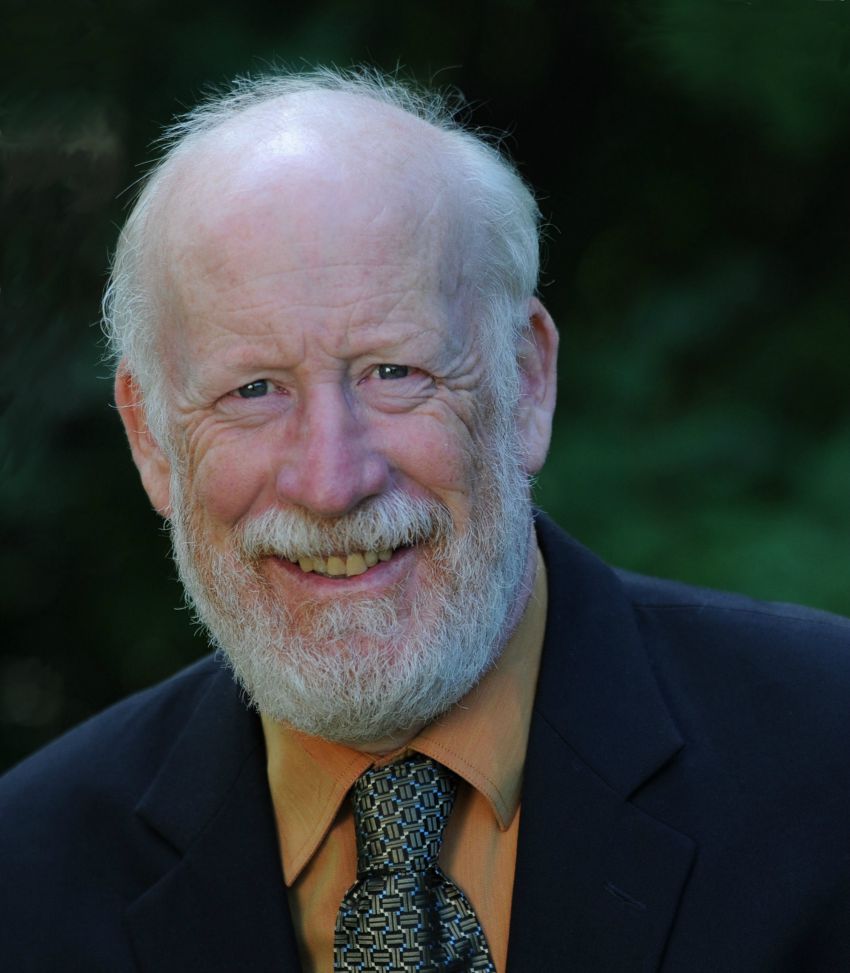Column: From the Hill -- Parliamentary problem-solving
There has been a lot of misinformation and hyperbole lately about how the House of Commons will be conducting business over the next few weeks. Regular sittings of Parliament were suspended in mid-March because of the COVID-19 crisis. Since then, the House of Commons has been working, and in many ways working harder and better than usual, with a mix of virtual and in-person sittings.
The House of Commons had to decide last Tuesday how to operate for the next three weeks until June 19, when the House traditionally rises for the summer, returning in mid-September. The Liberals wanted to continue the virtual committee-of-the-whole format that had been meeting three days per week. The Conservatives wanted to resume regular sittings of the House. Neither would agree to each others’ proposals.
The NDP proposed a compromise solution that would expand the virtual and in-person sittings of the committee into a hybrid format meeting four days per week. In addition, the NDP demanded that four sittings be held through July and August, something the Liberals and Conservatives were not keen on. In the end, the government agreed and put forward the NDP suggestions as the motion that was passed on Tuesday. And under the new format, opposition parties will have more than twice the time to question the government to make sure they are working for the benefit of Canadians.
Why is this better than the Liberal or Conservative solutions? First, it increases the number of sitting days proposed by the Liberals, and allows MPs to ask any question to ministers, not just questions pertaining to the COVID-19 crisis. Second, it keeps the 95-minute “question period” that had been used during the previous weeks, giving MPs from across the country five minutes to question any minister. The Conservative proposal would bring back the usual House question periods that last 45 minutes with just 35 seconds to ask each question. Every MP I’ve talked to has noted how superior the new format is to the standard question period because it allows for follow-up questions to probe for better answers.
Eight committees, including Finance and Health, are meeting twice per week and will continue to do so. The Health Committee, which is studying the COVID crisis in detail, has met 24 times since parliament was suspended, and the Finance Committee has been hearing witnesses from across the country to assess the economic impact of the pandemic.
For the last two months, the opposition parties have been very successful at holding the government to account. When millions of Canadians lost their jobs in late March, the government proposed simply waiving the waiting period for Employment Insurance. The NDP pointed out that 60 percent of Canadians don’t qualify for EI and proposed a $2000 per month emergency benefit. CERB was born. The government proposed a 10% wage subsidy to help businesses hold on to employees. The NDP suggested that would be useless and insisted on a 75% subsidy. The government relented. The NDP lobbied for weeks to get supports for students, seniors and renters, and, one by one, the government agreed. And, in this latest agreement, the NDP secured a pledge from the government that they would move forward with paid sick leave for all Canadian workers.
So—the House of Commons has been working. The temporary format being used until the regular summer recess gives more than twice as much time to question ministers and schedules sittings through the summer. This motion gives voice to representatives from across the country so that the government is held to account under pandemic constraints. It is democracy in action. The NDP believes that the best opposition is one that proposes solutions that benefit all Canadians, and that’s what we’ll continue to focus on through this pandemic and into the future.
If you’d like to see the House of Commons in action, go to parlvu.parl.gc.ca at 9 a.m. from Monday through Thursday.
























